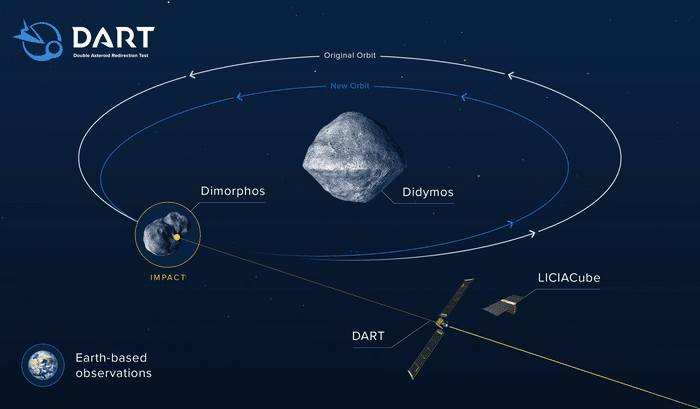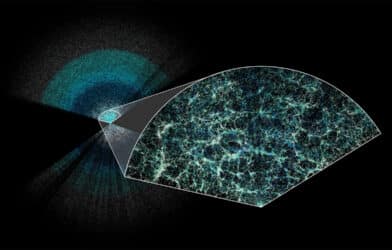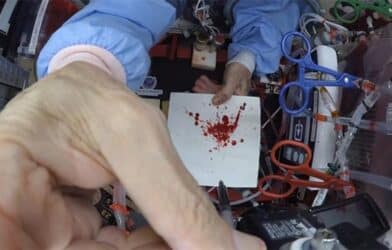
Fascinating simulation reveals asteroid would be deformed significantly worse than thought, potentially ejecting more debris into space
The concept for the movie “Armageddon” is now real life. International researchers conducted a study to simulate defending Earth from catastrophic asteroids.
Researchers from the University of Bern and the National Centre of Competence in Research PlanetS ran tests on how NASA’s Double Asteroid Redirection Test would protect Earth and found some astonishing results. Their results found the technology may deform the asteroid far more severely than previously thought.
The DART space probe, the world’s first full-scale planetary defense test against potential asteroid impacts, was launched last November. Its mission is to collide with an asteroid to deflect it from its orbit. This would provide information for the development of such a planetary defense system.
“Contrary to what one might imagine when picturing an asteroid, direct evidence from space missions like the Japanese space agency’s (JAXA) Hayabusa2 probe demonstrate that asteroid can have a very loose internal structure — similar to a pile of rubble — that is held together by gravitational interactions and small cohesive forces,” says study lead author Sabina Raducan, from the Institute of Physics and the National Centre of Competence in Research PlanetS at the University of Bern, in a statement.

It was initially thought DART’s asteroid target Dimorphos was much more solid in the interior during previous simulations.
“This could drastically change the outcome the collision of DART and Dimorphos, which is scheduled to take place in the coming September,” explains Raducan. Researchers say when DART crashes into the asteroid at 24,000 kilometers/hour, it could completely deform Dimorphos instead of leaving a small crater.
Researchers state Dimorphos could be deflected much more forcibly and larger amounts of material could be ejected from the impact than the previous estimates predicted.
“One of the reasons that this scenario of a loose internal structure has so far not been thoroughly studied is that the necessary methods were not available,” says Raducan. “Such impact conditions cannot be created in laboratory experiments and the relatively long and complex process of crater formation following such an impact — a matter of hours in the case of DART — made it impossible to realistically simulate these impact processes up to now.
“With our novel modeling approach, which takes into account the propagation of the shock waves, the compaction and the subsequent flow of material,” Raducan continues, “we were for the first time able to model the entire cratering process resulting from impacts on small asteroids, like Dimorphos.”
The European Space Agency will also be investigating DART’s impact on Dimorphos. In 2024, the ESA will send a space probe to the asteroid as part of the space mission HERA.
“To get the most out of the HERA mission, we need to have a good understanding of potential outcomes of the DART impact,” says study co-author Martin Jutzi, from the Institute of Physics and the National Centre of Competence in Research PlanetS. “Our work on the impact simulations adds an important potential scenario that requires us to widen our expectations in this regard. This is not only relevant in the context of planetary defense, but also adds an important piece to the puzzle of our understanding of asteroids in general.”
The study was published in The Planetary Science Journal.












